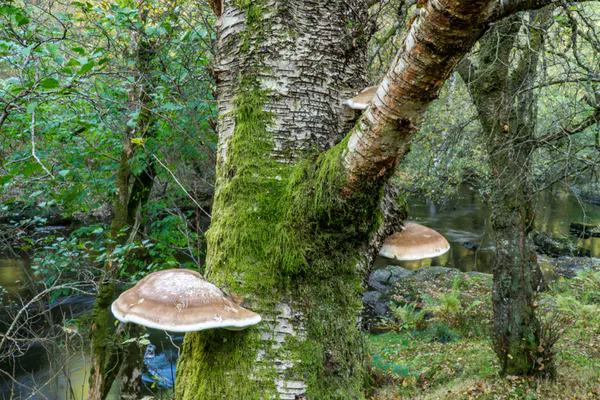
A fungus growing on the side of birch trees considered as Nature’s first aid kit
In 1991, hikers found Ötzi (a 5,300-year-old mummy) in an alpine glacier on the Austrian-Italian border, and perfectly preserved with him were pieces of fungus attached to leather cords, safely stowed in his bag. That fungus is the same one you can see growing on birch trees today: the birch polypore known to scientists as Fomitopsis betulina, the polypore is a parasite that slowly kills the birch before feasting on the dead tree until there is nothing left.
With recorded applications ranging from pain relief, wound dressing, antiseptic and even cancer treatment, birch polypore has been used as a broad spectrum therapy for various health problems. But is there a true medical basis behind the anecdotal folklore?
Numerous studies have revealed that birch polypore does indeed produce compounds with antibiotic, antifungal, anti-inflammatory, antioxidant, and anticancer properties such as reducing tumor size and cell growth.
All fungi have cells walls predominantly made up of things called
Polysaccharides. The most abundant of these is chitin, which also gets converted into another polysaccharide called chitosan. Both chitin and chitosan have roles in keeping cells hydrated and help protect from bacteria and other fungi, making them ideal components of wound treatments such as hydrogel, membrane and sponge dressings – with the additional benefit of being biodegradable.
Another kind of polysaccharide found in fungal cell walls are D-glucans, which have been shown to help regulate the immune system, as well as having some anticancer and antibiotic activity. A specific type of D-glucan in birch polypore is also able to speed up healing by accelerating the movement of cells to the wound site.
Fungi have evolved extraordinary compounds and mechanisms which we can utilize for human health, and traditional practices – as in the case of the birch polypore – can act as a signpost for where to look.
 English
English Arabic
Arabic


